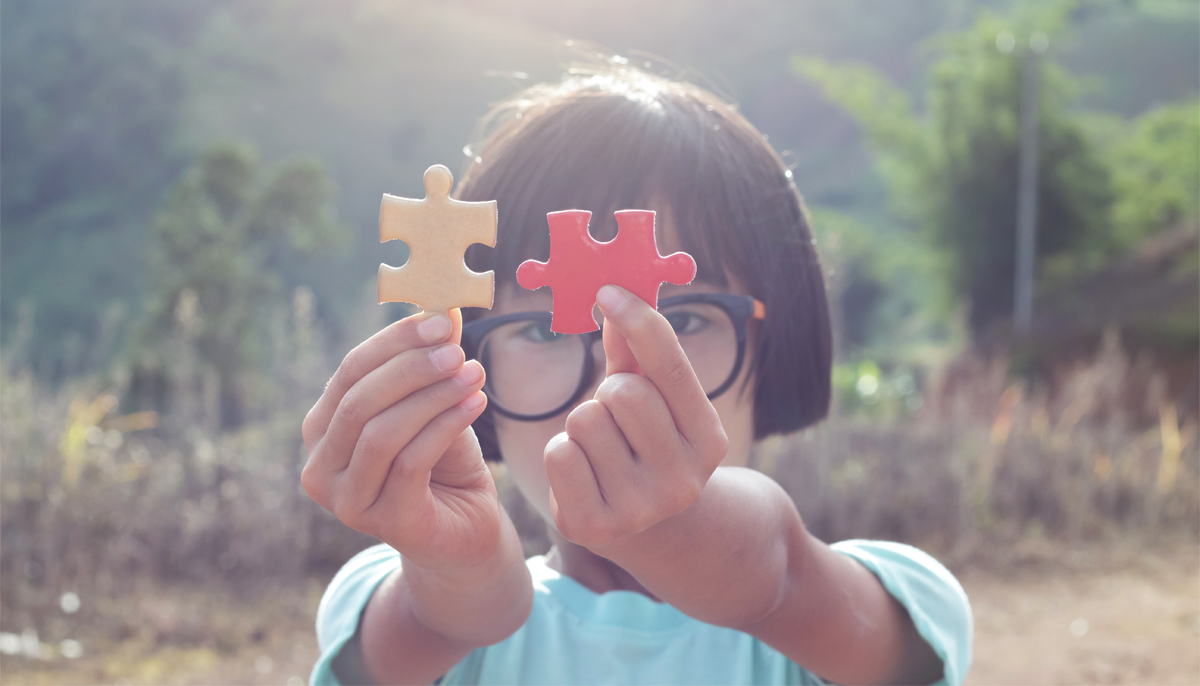
Recently, more than a few education headlines have focused on the concerns surrounding the shaky meaning of personalized learning, oftentimes highlighting the anxieties posed by critics that personalized means the use of technology at the expense of student’s social-emotional development or that personalization is the agenda of Silicon Valley titans.
To understand the nuances of personalized learning—and why it’s not solely tech-centered, though technology may be a critical lever for scale—it’s important to define what personalized learning is…and if it’s different from blended learning, it’s often interchangeably applied concept.
Here’s how we at the Christensen Institute try to make a clear distinction between these related, but distinct, terms:
Personalized learning: In the current education conversation, personalized learning is a pedagogical philosophy, tending to refer to a host of efforts and models that tailor learning and development to the individual student, based on beliefs about what outcomes we want students to reach and how to best help them get there. Herein, I think, lies a large part of the confusion: the field alternately refers to personalized learning as a collection of modalities and a collection of desired outcomes.
Larry Cuban’s look at an array of personalized approaches demonstrates this tendency. Based on his observations of schools in California, Cuban argues that personalized learning exists along a spectrum of corresponding goals and approaches. On one end of the spectrum, personalizing refers to integrating far greater degrees of differentiation to scaffold instruction along a pre-existing set of learning experiences and targets specific behavioral outcomes.
On the other, personalizing refers to moving away from those fixed learning targets or pathways and freeing students to construct learning as they go, in an effort to “reach beyond intellectual and academic outcomes” to cultivate student agency. Many schools, he points out, fall somewhere in the middle of this spectrum.
Cuban’s spectrum illustrates that, to date, schools pursuing personalized learning span a range of philosophies and corresponding modalities. (See a snapshot of the Department of Education’s examples here.)
Blended learning: A modality of instruction. As we at the Christensen Institute define it, blended learning is a formal education program in which a student learns:
• at least in part through online learning, with some element of student control over time, place, path, and/or pace;
• at least in part in a supervised brick-and-mortar location away from home;
• and the modalities along each student’s learning path within a course or subject are connected to provide an integrated learning experience.
Blended learning, in other words, is a modality in much the same way a textbook, lecture, or project constitutes a modality. It does not refer to a particular philosophy or pedagogy. Blended learning has both online and offline components. These components of a blended model can be as diverse as the number of students in a given class or as uniform as an utterly traditional classroom.
Put differently, all sorts of learning experiences—from highly behaviorist drill-and-kill exercises to highly constructivist projects or inquiry-based exercises—can be incorporated into online or offline experiences within a blended model. What classifies a school or classroom as blended is not what is being taught, or even the pedagogical decisions of how teaching and learning occurs, but how students access content. If at least some content is delivered online, then an environment is blended.
That said, the current state of blended learning as a modality reflects the current state of education technology as a tool powering that modality. As a result, blended learning in practice can appear to be anchored in particular philosophical or pedagogical characteristics. For example, a large number of blended environments use off-the-shelf online content that offers adaptive exercises to allow students to learn and practice pre-determined content and basic skills. This has led some in the field to bemoan blended learning as at odds with some personalized approaches that aim to allow students to construct their learning from the ground up. But this take on blended learning is short-sighted: it conflates the particular edtech tools gaining traction in schools with blended learning as a modality that stands to evolve as edtech tools themselves do.
In summation: The difference between blended and personalized learning
Academic debates aside, here’s how I’d summarize it:
Blended learning is an instructional modality that describes integrating technology to deliver some content. Full stop. It’s not more or less than that, and it doesn’t connote a specific set of goals or philosophies.
Personalized learning, on the other hand, is broader and, at least today, connotes philosophical and pedagogical points of view. It’s not just about the mere presence of technology in an instructional model. Rather, personalized learning describes a combination of modalities and goals in a field that is reaching toward better and (and in some cases, new) outcomes for students. Blended learning is often one of those modalities because leveraging some online learning tends to make personalizing learning at scale far more feasible for a single teacher supporting many students spanning different levels of mastery. Depending on the personalized learning outcomes and philosophies a given system subscribes to, blended-learning models and content may look radically different.
— Julia Freeland Fisher:
Julia Freeland Fisher is the director of education research at the Clayton Christensen Institute.
This post originally appeared at ChristensenInstitute.org.


